Dogs might be known as man’s best friend, but not every breed gets a warm welcome everywhere.
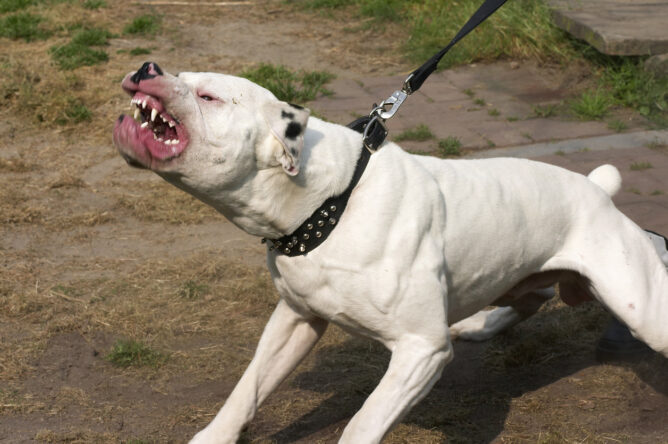
In fact, some breeds are banned or restricted in certain countries due to concerns around aggression, safety, or history. While breed bans are often controversial and don’t always reflect a dog’s behaviour in the right environment, they’re still a reality in many places. Whether it’s due to reputation, past incidents, or local law, these are 10 dog breeds that have made it onto restricted lists around the world.
1. Pit Bull Terrier
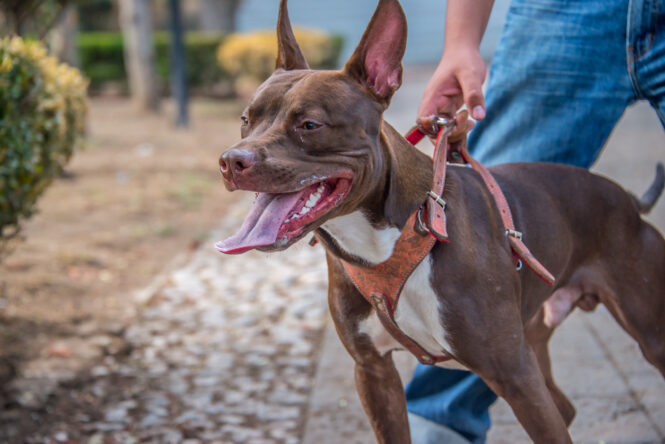
Probably the most widely banned breed globally, Pit Bulls are restricted in countries like the UK, New Zealand, and parts of Australia. Their reputation for aggression comes from a long history of being bred for fighting, and that image has stuck, fairly or not.
Many experts argue it’s not the breed, but the environment and training that matter most. Still, in places where safety takes priority over nuance, Pit Bulls have ended up on the no-go list. It’s a reminder of how strong stereotypes can shape policy.
2. Rottweiler
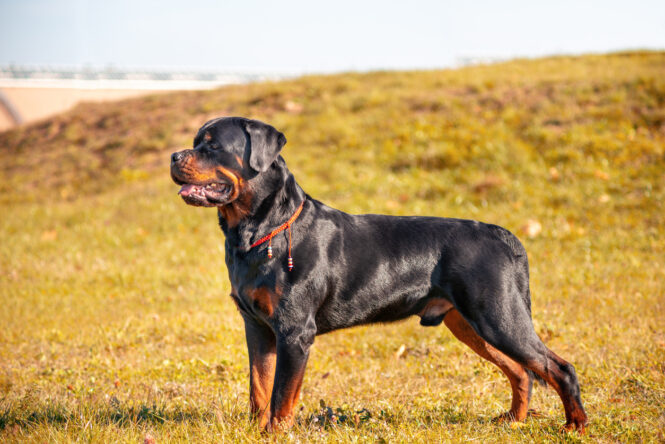
Rottweilers are restricted or banned in countries like Romania, Portugal, and parts of the US. These powerful, protective dogs have roots in herding and guarding, which makes them loyal—but also, in some cases, intimidating.
While well-trained Rottweilers can be sweet, stable companions, their size and strength mean any incident can escalate fast. That’s why in stricter jurisdictions, they’ve landed on the restricted list, even if plenty of owners will tell you they’re big softies.
3. Japanese Tosa
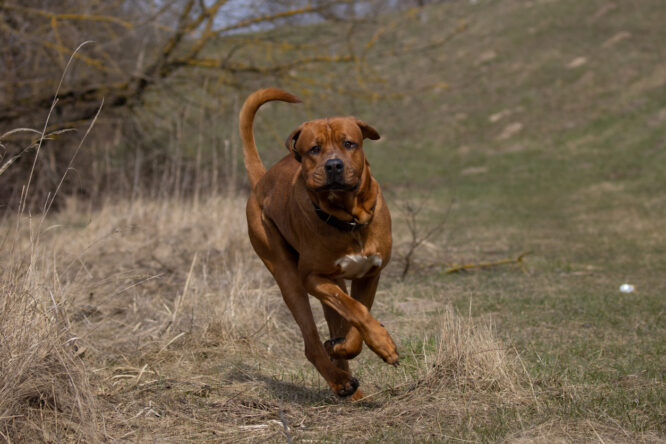
This lesser-known breed originated in Japan and was specifically bred for dog fighting. With that legacy, many countries—including the UK, Denmark, and Australia—have banned them entirely, often with little room for appeal.
The Tosa is massive and incredibly strong, making it hard to manage if not properly trained. Even though many modern Tosas are raised as loyal pets, the breed’s history keeps it high on the banned lists.
4. Dogo Argentino
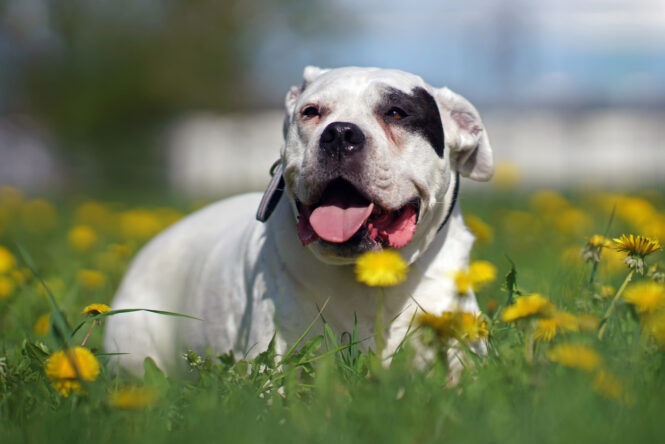
Originally bred in Argentina for big game hunting, the Dogo Argentino is banned in countries like the UK, Australia, and New Zealand. It’s a muscular, powerful breed that was built for endurance and strength, which has made some governments nervous.
Despite being loving and affectionate with the right training, its intimidating appearance and history in aggressive roles have earned it a spot on many restricted lists. It’s a breed that tends to trigger snap judgements, even when individual dogs don’t deserve them.
5. Fila Brasileiro (Brazilian Mastiff)
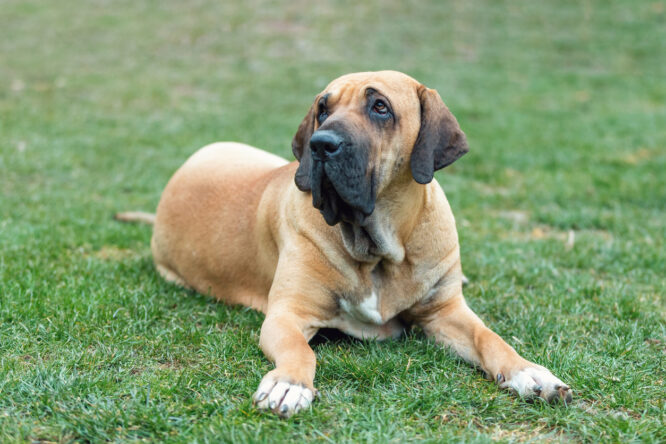
Known for its intense loyalty and protective instincts, the Fila is restricted in places like the UK and Norway. This isn’t a dog that bonds with just anyone—it tends to be deeply loyal to its family, but wary (and sometimes aggressive) toward strangers.
Because of that guarding instinct and the breed’s sheer size, many countries have deemed it too unpredictable for public life. With strong handling and early socialisation, some owners swear by them, but in the eyes of the law, they’re often too much of a risk.
6. Presa Canario
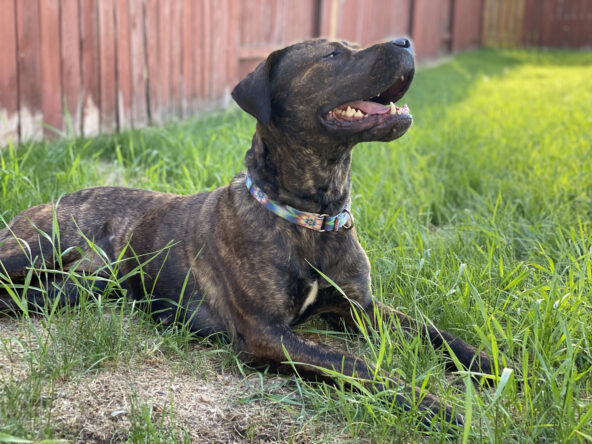
This Spanish breed is banned in several parts of the world, including Australia and New Zealand. It’s large, alert, and built like a tank—originally used for working livestock and guarding property. When well-trained, Presas can be calm and confident. But without structure and boundaries, their territorial instincts can kick in hard. That combination of muscle and mistrust has made them a red-flag breed in more regulated countries.
7. American Bulldog

Despite their popularity in the US, American Bulldogs are banned in countries like Denmark and parts of the UK. They’re stocky, strong, and incredibly determined, which is both a strength and, in the wrong setting, a concern. While many are gentle giants with the right training, a few high-profile attacks and confusion with Pit Bulls have led to legal pushback in some places. Breed confusion plays a big part in how restrictions roll out.
8. Boerboel
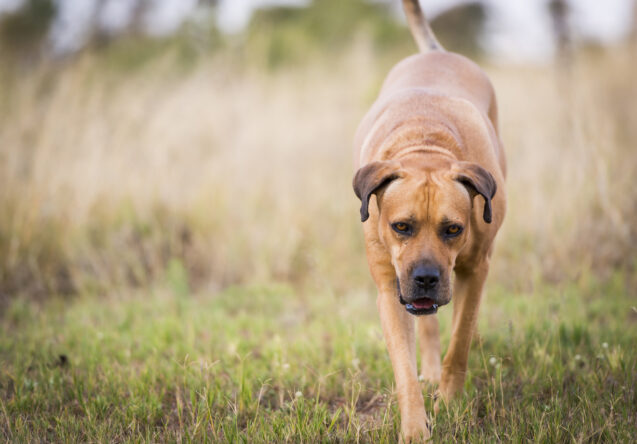
This South African mastiff was bred to guard homesteads, and it takes that job seriously. Banned in countries like Denmark and restricted in others, the Boerboel’s power and protectiveness are both its appeal and its downfall.
With experienced handlers, they can be calm and family-oriented. But in the wrong hands, they’re tough to control. That combination has made lawmakers in several countries wary, especially in urban areas where space and control are limited.
9. Cane Corso
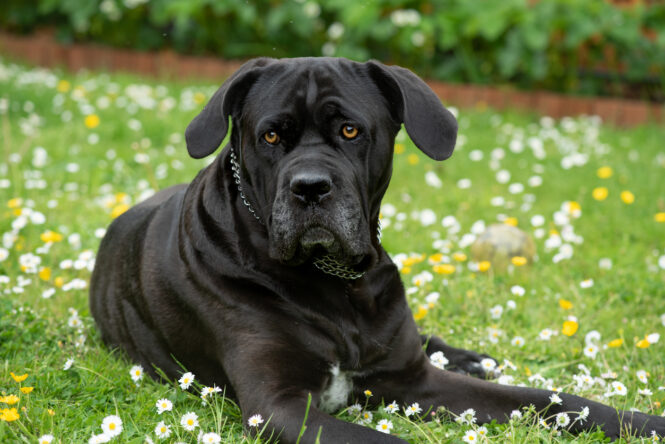
This Italian guardian dog is restricted in some parts of the world due to its intimidating build and protective instincts. While not outright banned in many countries, they’re often subject to heavy regulations, including mandatory training and muzzling. Cane Corsos are smart and loyal, but they need structure and confidence from their humans. Without it, their natural suspicion can lead to problems. They’re not a breed for beginners, and the legal systems in some countries agree.
10. Wolfdog hybrids

These are part domestic dog, part wolf—and that’s exactly why they’re banned in many places. Countries like Norway, the UK, and several US states prohibit or heavily restrict wolfdog ownership due to unpredictability and safety concerns. Even when raised in homes, their wild instincts can kick in unexpectedly. That unpredictability, combined with strength and agility, makes them hard to regulate. They’re fascinating—but most legal systems don’t want to take the chance.




